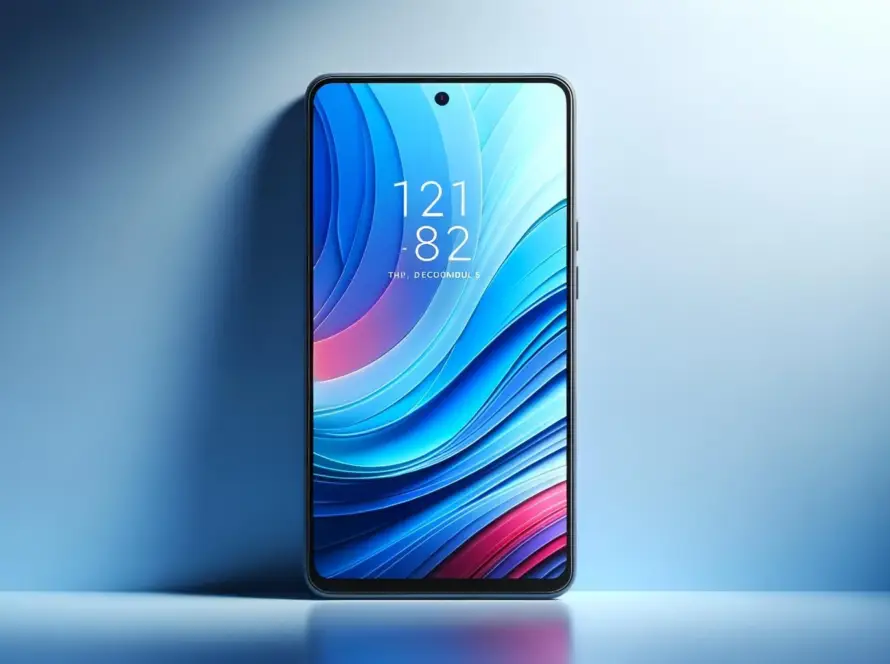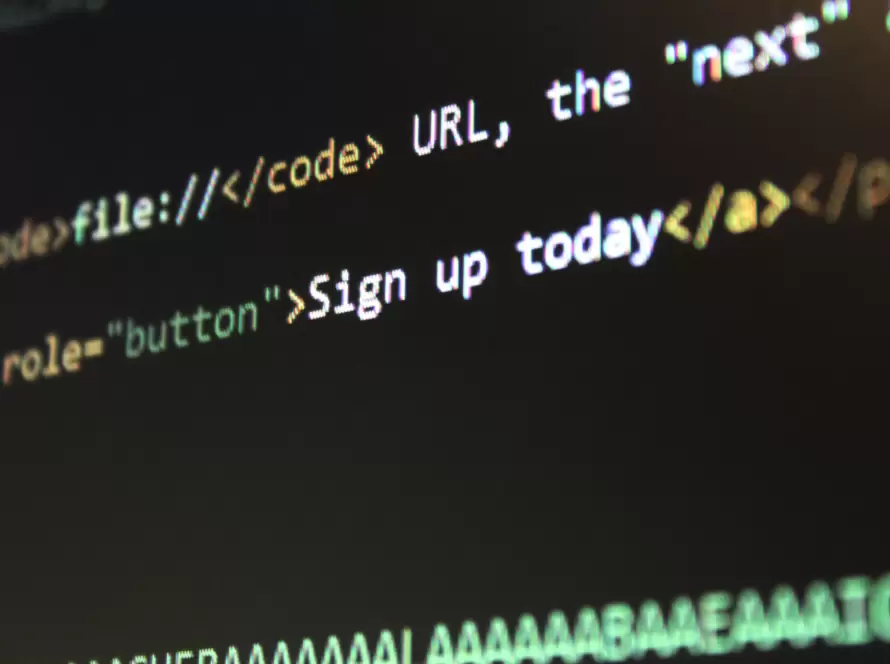Generated by Contentify AI

In today’s digital era, ensuring that your website is mobile-friendly is of paramount importance. With the majority of online users accessing websites through their smartphones, it’s crucial to provide a seamless and visually appealing experience across all devices. One effective way to achieve this is by harnessing the power of media queries in CSS.
Media queries are a key feature of CSS (Cascading Style Sheets) that enable you to apply different styles based on various device characteristics, such as screen size, resolution, and orientation. By using media queries, you can tailor your website’s layout and design to fit perfectly on screens of all sizes, from smartphones and tablets to desktop computers.
The beauty of media queries lies in their flexibility and adaptability. With just a few lines of code, you can create breakpoints at specific screen widths, allowing you to design separate layouts for different screen sizes. This means that your website will automatically adjust and reflow its content to provide an optimal viewing experience for users, regardless of the device they’re using.
To get started with media queries, you’ll need a basic understanding of CSS and a clear vision of how you want your website to look on different devices. By defining your breakpoints and writing specific CSS rules for each screen size, you can control every aspect of your website’s appearance, from font sizes and spacing to image sizes and column widths.
By implementing media queries in your CSS, you can take full control of your website’s responsiveness and ensure that it adapts seamlessly to the ever-changing landscape of devices and screen sizes. With a mobile-friendly design, you’ll enhance user experience, increase engagement, and ultimately boost conversions. So, why wait? Start using media queries in your CSS today and watch your website thrive in the mobile world.



